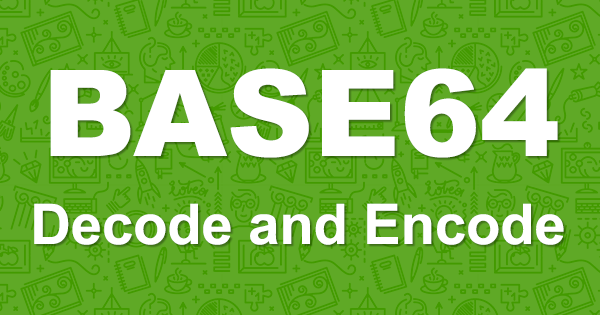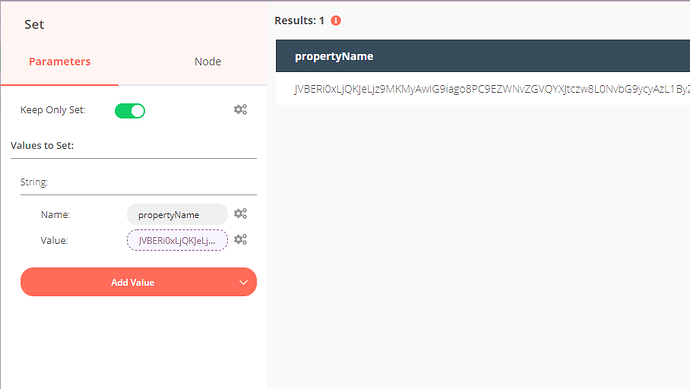

But, did you know there’s a Base64 command built into the MacOS? There are converters a few Google searches away. Using the example encoding shown above, let’s decode it back into its original form. With encoded string, you can pipe an echo command into base64 as you did to encode it.
BASE64 DECODE LINUX HOW TO
While reading those API docs, I had no idea how to create a Base64 string. To decode with base64 you need to use the -decode flag. The conversion process is somewhat detailed, and I encourage you to check out the resources at the bottom of this article if you are curious about the benefits and technical details of Base64. You can think of Base64 is another way to represent binary or text data. The MDN documentation explains the overarching concept of Base64 as.īase64 is a group of similar binary-to-text encoding schemes that represent binary data in an ASCII string format by translating it into a radix-64 representation. I should share a little bit about what Base64 is. This post will outline how to encode (and decode) text into Base64 using the MacOS Terminal.

Base64 uses 6-bit characters grouped into 24-bit sequences.

Download now: A sysadmin's guide to Bash scripting. This allows you to transport binary over protocols or mediums that cannot handle binary data formats and require simple text. I had seen Base64 referenced a few times, but had no idea how to convert text into Base64. Fundamentally, Base64 is used to encode binary data as printable text. While browsing some API documentation, I saw references to Base64 for passing credentials to the API.


 0 kommentar(er)
0 kommentar(er)
